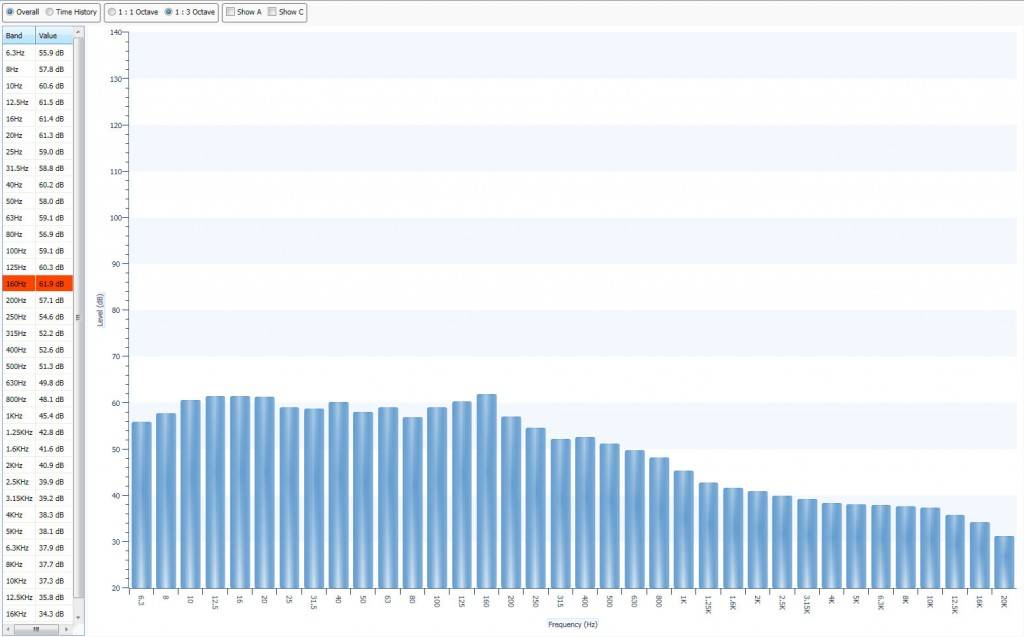


South Caucasus/Central and South Asian (SC/CASA) state means Armenia, Azerbaijan, Georgia, Kazakhstan, Kyrgyzstan, Pakistan, Tajikistan, Turkmenistan, or Uzbekistan. LHSIA means the Local Health System Integration Act, 2006, and the regulations made under it, as it and they may be amended from time to time Octave band background sound level measurements for residential areas near the proposed Indeck plant site show background noise levels in the lowest regulated frequencies (31.5-125 ) as low as 35-40 dB during both daytime and nighttime hours. This data has been reported by Enbridge and Union for four years. Octave band sound power levels were obtained by applying adjustments recommended by Crocker (1998). Octave band: a band of sound covering a range of frequencies such that the highest frequency is twice the lowest frequency, as defined in ANSI Standard S1.11.One-third octave band: a band of sound covering a range of frequencies such that the highest frequency is the cube root of two times the lowest frequency, as defined in ANSI Standard S1.11. The primary requirements for obtaining the outdoor equipment’s sound levels are:♦ Accurate calibrated sound measurement equipment should be used.♦ Octave band sound pressure levels are mandatory.♦ he sound level data should indicate the true directivity effects of the unit’s sound (there should be no nearby buildings or obstructions to distort the true radiation pattern of the unit test).♦ The measurement distance should be specified. Octave band analysis and identification of predominant frequencies of operation. Octave band analyzer calibrated in the Preferred Frequencies (American Standards Association Sl-6-1960, Preferred Frequencies for Acoustical Measurement) shall be used with Table A. Octave band sound pressure levels will be obtained for ambient room conditions with equipment not operating and also with the installed equipment operating per plans and specifications. Octave band analyzers calibrated in the preferred frequencies (American National Standards Institute Standard S 1.6-1967, Preferred Frequencies and Band Numbers for Acoustical Measurements) shall be used. Octave band corrections may be employed in meeting the response specification.


 0 kommentar(er)
0 kommentar(er)
